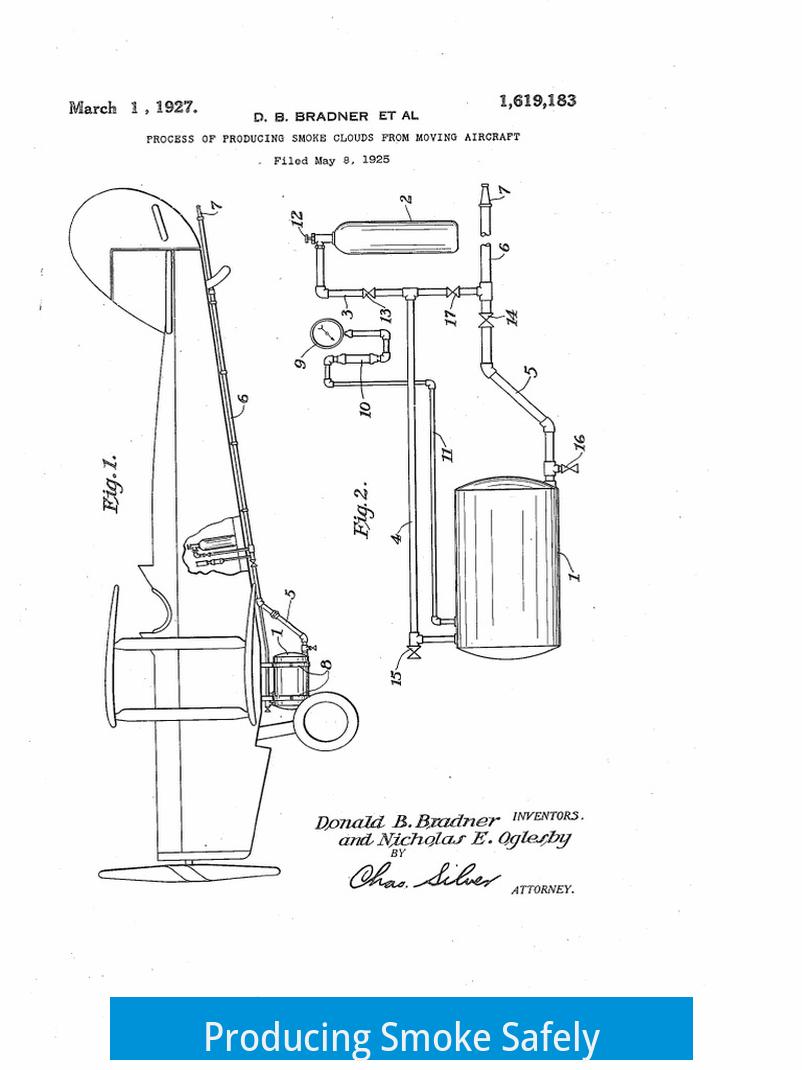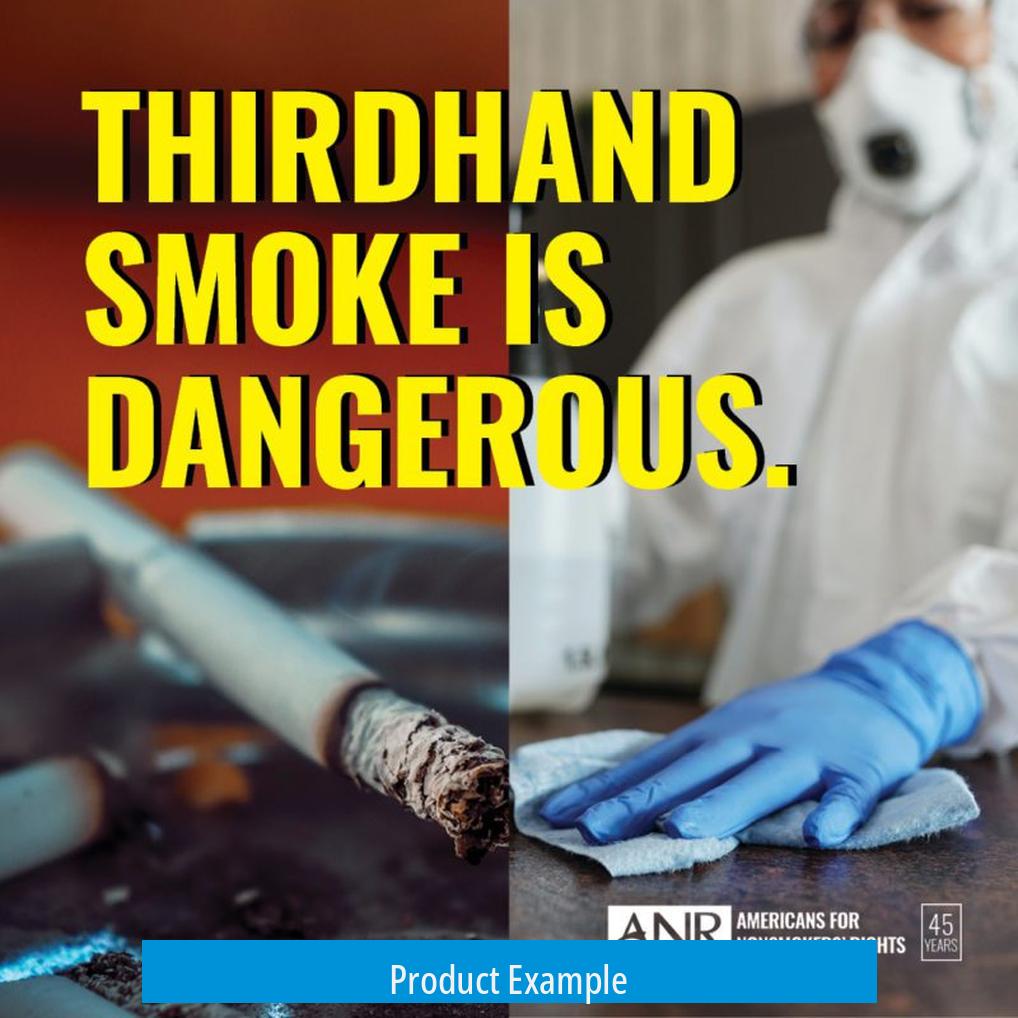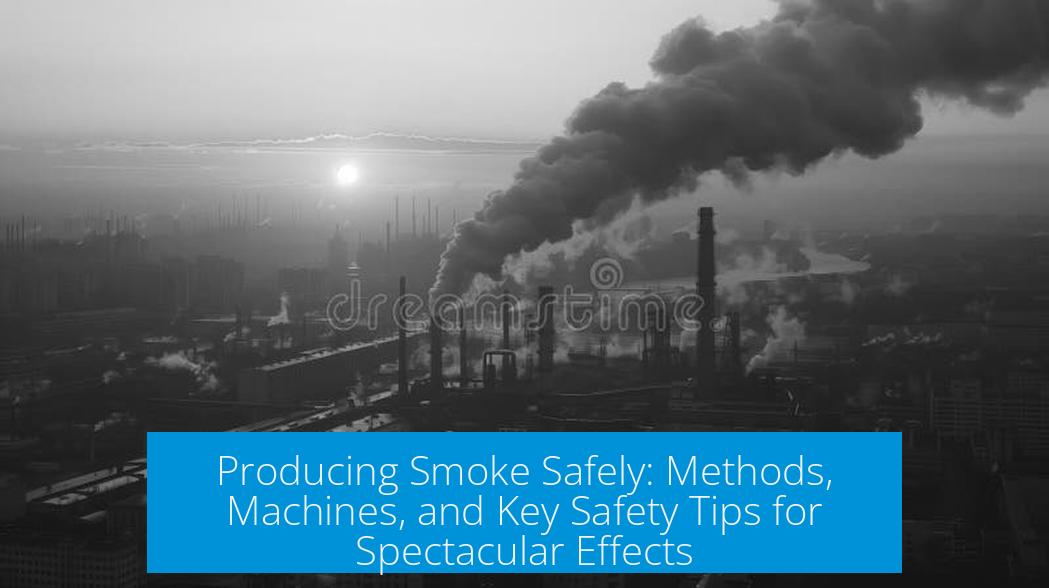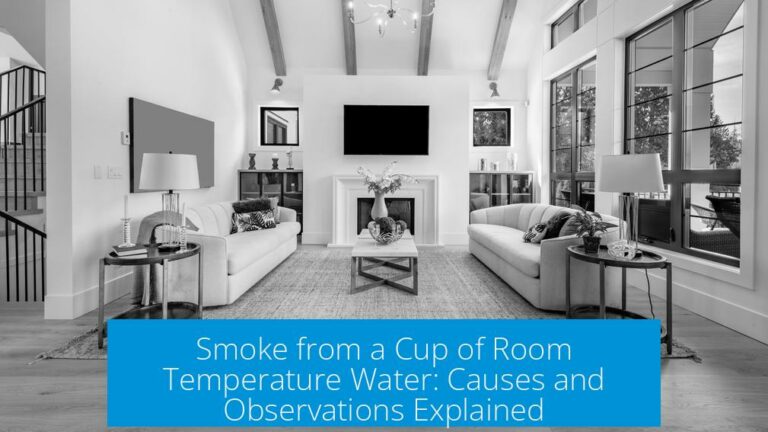Producing Smoke Safely

Producing smoke safely involves selecting methods that minimize health risks and fire hazards while providing effective visual effects. The safest and most practical options include the use of smoke machines with glycol-based fluids and dry ice with water. Other methods, such as vaping or DIY chemical smoke, either produce less smoke or pose safety concerns and thus are less recommended.
Using Smoke Machines
Smoke machines are the most accessible and controlled way to create smoke effects safely. They are widely available at retail stores like Walmart and online platforms such as Amazon. These devices use a liquid fog solution, typically containing propylene glycol and water or glycerine, which produces a dense fog when heated.
Safety and Composition

- Smoke machines use glycol-based fluids that are relatively safe to breathe in. Propylene glycol and glycerine are common ingredients in food products, lending to the safety profile of the fog.
- The fog produced is non-toxic under normal use conditions and does not contain harmful byproducts typical of combustible smoke.
- Some users experience mild irritation if exposed to large amounts for long periods, but for typical theatrical and entertainment use, these effects are minimal.
Adjusting Smoke Intensity
Stock fog fluids contain a mix of propylene glycol and water. For increased smoke production, it is possible to adjust the ratio by adding more propylene glycol and less water. However, running a machine on pure propylene glycol can strain the pump and cause clogs, so dilution is necessary to maintain equipment longevity.
Product Example

One reliable model is the Martin Magnum 850 Smoke Machine, commonly used in fire drills and small events. It balances output with portability and durability.
Using Dry Ice
Dry ice produces a fog effect through sublimation when added to warm water. This process releases dense, cold vapor that behaves like smoke but is composed of carbon dioxide gas.
- Dry ice is available at many grocery stores, seafood markets, and some gas stations. Sometimes, excess dry ice can be obtained for free from seafood suppliers who use it to keep products frozen during shipping.
- A chunk about the size of a tennis ball can generate visible fog for approximately 20-25 minutes.
- The fog created is odorless and safe, as it contains no harmful chemicals. However, the gas can displace oxygen in poorly ventilated spaces; proper ventilation is necessary.
Dry ice fog is great for small-scale effects like tabletop displays but produces much less volume compared to smoke machines. It also dissipates quickly and can be less controllable.
Other Methods and Their Limitations

Vaping Devices
Vaping produces visible vapor by heating a propylene glycol and glycerine liquid. Nicotine-free e-liquids eliminate toxicity concerns related to nicotine.
- Vape devices can generate moderate vapor clouds but are unsuitable for large-scale smoke effects.
- This approach is more of a novelty in controlled environments rather than a practical smoke production method.
Unsafe and Discouraged Methods
- Prolonged burning of microwave popcorn or other household items creates smoke but is unsafe and damages appliances.
- Chemical mixtures involving potassium nitrate or glycerin water need careful handling and pose fire and explosion hazards.
- Using sparklers or other pyrotechnics in closed tubes or flammable containers is hazardous and not recommended.
- Flower dust blown by fans might look like smoke but is neither realistic nor safe for inhalation.
Safety Considerations
Smoke Detectors
When producing smoke in indoor environments, smoke detectors may activate alarms. It is common for event organizers to temporarily deactivate detectors during controlled smoke effects. This action must be done with caution, ensuring emergency safety protocols remain effective and are promptly restored.
Toxicity and Ventilation
- While glycol-based fogs are generally safe, enclosed spaces with poor ventilation may increase the concentration of fog and intensify irritation.
- Proper airflow reduces risks and improves smoke dispersion.
- Liquid fog fluids may emit a faint odor due to hydrocarbons but do not contain harmful combustion products.
Summary of Safe Smoke Production Methods
| Method | Description | Safety | Smoke Volume | Cost and Accessibility |
|---|---|---|---|---|
| Smoke Machine with Glycol Fluid | Heats glycol-water mixture to produce fog | Safe, non-toxic under normal use | High and controllable | Moderate cost; widely available |
| Dry Ice and Water | Sublimation of CO2 creates dense vapor | Safe, odorless; needs ventilation | Low volume, short duration | Low cost; easily sourced |
| Vaping with Nicotine-Free Liquids | Heated PG/VG liquid creates vapor clouds | Relatively safe in small quantities | Moderate; limited scale | Low cost; portable devices |
| DIY Chemical Methods | Various pyrotechnic or chemical reactions | Unsafe; risk of fire and toxicity | Variable but risky | Usually unsafe and not recommended |
Key Takeaways
- Smoke machines using glycol-based fog fluid are the safest and most effective for creating smoke effects.
- Dry ice generates safe, odorless fog but produces limited smoke and requires ventilation.
- Vaping can create visible vapor but is impractical for large-scale smoke production.
- Avoid DIY chemical smoke methods due to fire hazards and toxicity.
- Maintain proper ventilation and consider smoke detectors when creating indoor smoke effects.
Producing Smoke Safely? The Definitive Guide for Smoke Effects Without the Scary Risks
Producing smoke safely means using smoke machines with glycol-based fluids, dry ice vapors, or vape devices with nicotine-free liquids. These choices provide awesome visual effects with minimal health risks and easy control. Forget about risky DIY fires or microwave ovens turned smoke factories — safe smoke effects are totally doable.
So, you’ve got a need for smoke: Halloween parties, theatrical plays, fire drills, or just impressing your friends. But how do you get that mysterious cloud without setting off alarms or worse, harming yourself? Let’s break down the smartest ways to produce smoke on purpose, in a safe and fun way.
Smoke Machines Are the Go-To Safe Smoke Source
Smoke machines are the easiest and safest way to conjure up that foggy magic. You can walk into Walmart, grab one for a reasonable price, and pick up some liquid fog off Amazon that’s specifically designed for these devices. The secret sauce? Glycol-based smoke fluids. Typically, these are a blend of propylene glycol and glycerine—both commonly used in food products and fairly harmless to breathe in moderate amounts.
Want more smoke? You can tweak the fog machine fluid by increasing the propylene glycol concentration and lowering water content. But beware: full-on pure glycol can clog pumps. Moderation and balance make your fog machine happy and productive, delivering plenty of mist for your effects.
If you want a specific product example, the Martin Magnum 850 Smoke Machine gets praise from users for reliability and smoke volume. It’s popular for fire drills and events. That’s your trusty smoke sidekick!
Dry Ice: The Chill Alternative Smoke
You don’t always need gears and wires to create smoke. Dry ice, or frozen carbon dioxide, when dropped into warm water, makes a mesmerizing low-lying vapor. It’s odorless, safe if handled carefully, and makes for a cool visual as it cascades over surfaces.
Buying dry ice is easy at seafood markets where it’s used to keep fish fresh. Sometimes you get lucky and get chunks for free if a store disposes of leftover dry ice. A solid tennis ball-sized piece of dry ice can produce a smoky effect for 20-25 minutes. Just watch your fingers: dry ice can burn skin on contact.
The trade-off? Dry ice produces less volume compared to smoke machines. If you’re aiming to fill an entire room, you might consider the fog machine instead. Otherwise, dry ice is perfect for enhancing tabletops or small areas with spooky creeping mist.
Vaping—Mini Smoke Machines You Can Control
Another modern hack is vaping devices. A vaping unit loaded with nicotine-free, high-propylene glycol liquid can produce thick vapor clouds on demand. It’s basically a mini smoke machine in your hand. But remember, this works best for small smoke bursts, not room-filling fog.
Summoning a vape bro to blow impressive fog clouds from a corner could add dramatic effect to intimate settings. Just don’t expect it to replace your bulky fog machine for bigger gigs.
Why Not DIY Chemical Smoke?
Think twice before experimenting with homemade smoke recipes like burning sugar with potassium nitrate or microwaving popcorn for 30 minutes. These approaches might seem clever, but they come with significant risks — fires, explosions, toxic fumes, and expensive appliance replacements.
Science isn’t magic. To produce smoke chemically means burning something, which often results in dangerous situations. Plus, sparkler-in-PVC tube ideas scream “accident waiting to happen.” Keep your safety intact by steering clear of these reckless methods.
Safety Must-Knows Before You Create Smoke
- Smoke Alarms: Disable them only if absolutely necessary—and re-enable immediately afterward. False alarms waste time, but a disabled detector during smoke production can be a hazard if real fire breaks out.
- Toxicity: Glycol-based fog fluids are generally safe, but overexposure can cause irritation. Avoid inhaling fog disproportionately, especially in tight, unventilated spaces.
- Ventilation: Always ensure fresh air flow when creating smoke effects. It’s good for everyone’s lungs and keeps alarm systems happy.
- Equipment Maintenance: Using recommended fluids and clean gear prevents clogs and malfunctions, so your fog machine lasts longer and performs better.
Final Thoughts—Choose Wisely for Safe, Spectacular Smoke Effects
Producing smoke safely boils down to picking the right tools and knowing your limits. Smoke machines with glycol fluids are the top pick for substantial volume, safety, and affordability. Dry ice offers a fun, low-risk vapor puff, great for small areas. Vaping devices provide controlled fog bursts but fall short for big effects.
Scary DIY chemical concoctions or dangerous hacks don’t belong in your smoke toolkit. Instead, embrace the clean, controllable options. With the right preparation, you’ll amaze your crowd without sending anyone to the ER.
Ready to dive into smoke creating? Find a fog machine, grab some fluid, set the mood, and watch your fog roll in — safely and impressively. Got any creative smoke effect hacks or stories? Share them below—just keep it safe!
How safe is using a smoke machine with glycol-based fluid?
Smoke machines using propylene glycol and glycerin-based fluids are safe. The fog is non-toxic and commonly used in food products. Breathing the fog in normal amounts does not cause health issues.
Can dry ice be used to create smoke effects safely?
Yes, adding dry ice to water produces vapor that looks like smoke. It is odorless and safe to handle. However, it creates less smoke volume and lasts only 20–25 minutes per chunk.
Is vaping a good alternative for producing smoke effects?
Using nicotine-free vape devices can produce visible vapor, but it is less effective than smoke machines for larger smoke amounts. It is an option but not ideal for big events.
Why should DIY chemical smoke methods be avoided?
Homemade smoke chemicals often involve fire or explosions, posing serious hazards. They can release toxic fumes and are hard to control, making them unsafe compared to commercial options.
Are there any risks with smoke machines or smoke effects indoors?
Smoke detectors might be triggered, so some disconnect them during use. Still, be mindful of ventilation and avoid inhaling excessive smoke to prevent irritation or discomfort.





Leave a Comment